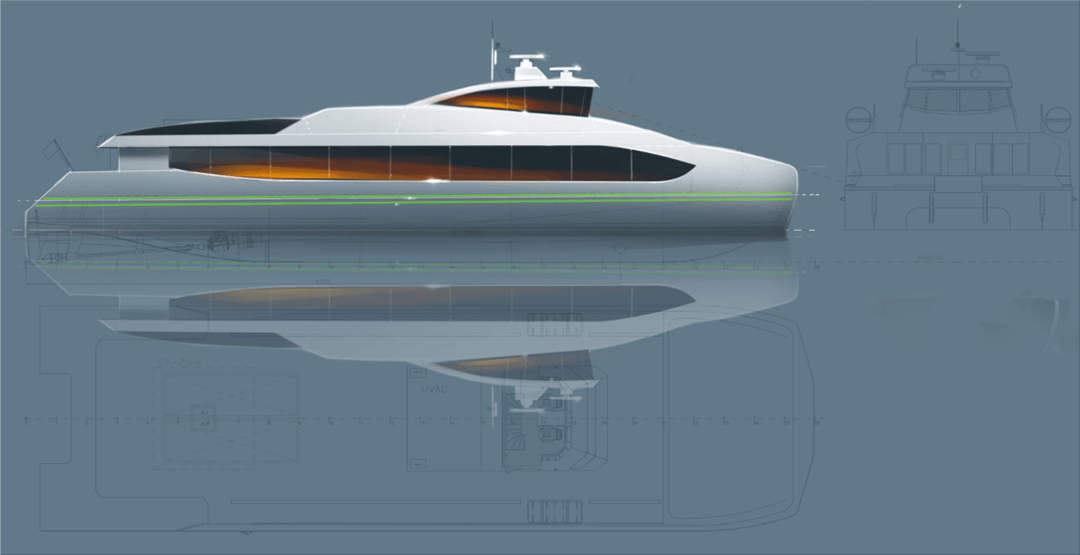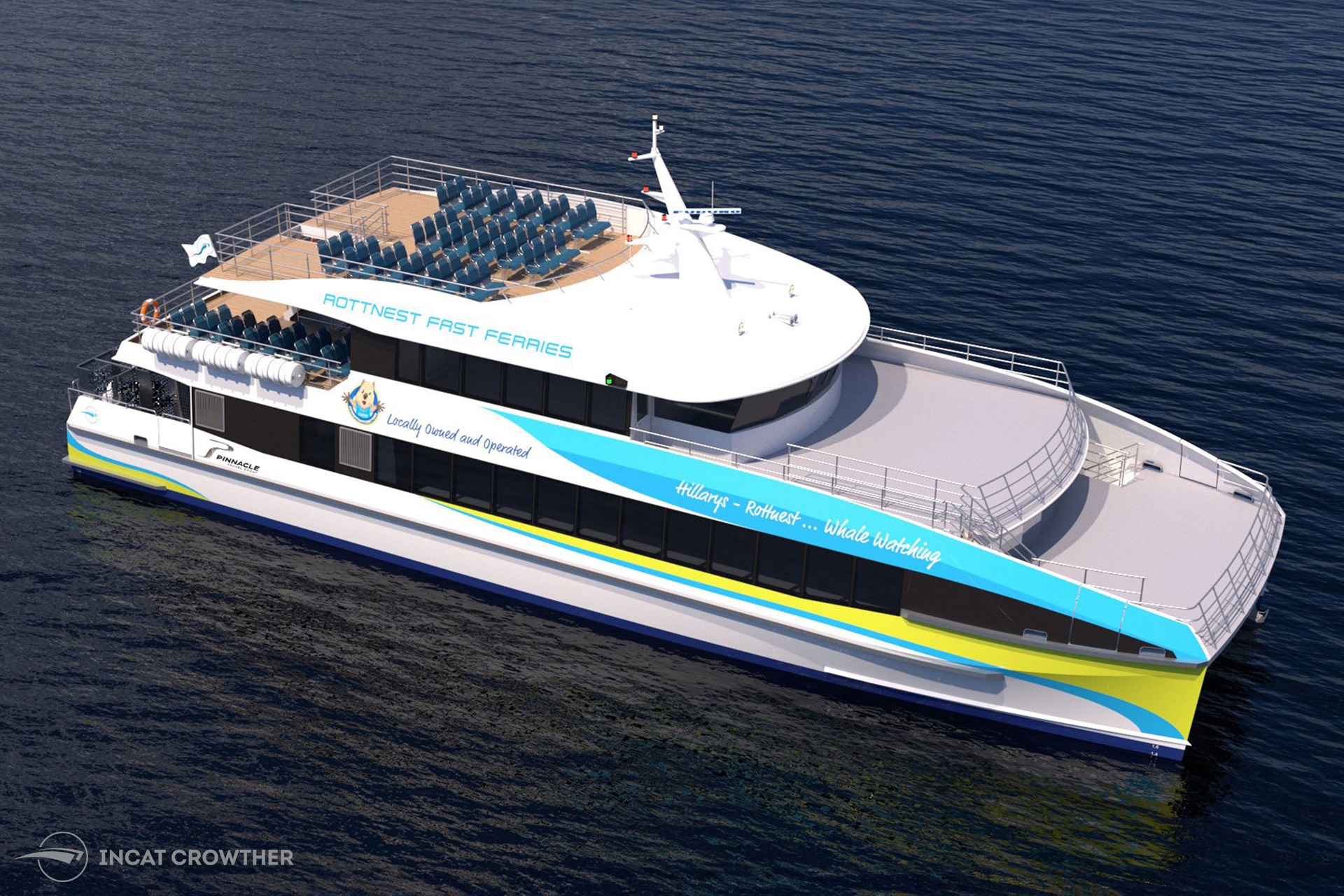SINTEF has designed the world's first electric speedboat

"Medstraum" - The world's first electric speedboat designed by SINTEF
During the summer, the world's first electric speedboat will arrive in Stavanger. The boat was designed by SINTEF as part of a European research project with the goal of creating an emission-free boat.
The emission-free "Medstraum" speedboat
Ordinary speedboats use large amounts of diesel and have high CO 2 emissions. To solve this, the EU has directed research towards electrical solutions for a circular economy . SINTEF has now made the design for the world's first zero-emission boat. It is called "Medstraum" and is operated by Columbus, which is the transport company to Rogaland County Municipality.
The research project that paves the way for the electric speedboats of the future
The research project "Transport Advanced and Modular" (TrAM) is funded by the EU and has 13 European partners. Rogaland County Municipality coordinates the project through their transport company, Columbus. The project started in 2018 and will be completed this year.
The purpose of the TrAM project is to be a pilot for designing and producing a zero-emission speedboat. This speedboat has room for 147 passengers and 20 bicycles. It will be in service for Columbus in the Stavanger – Hommersåk / Byøyene route from the summer of 2022. The boat runs at 23 knots and is the world's first fully electric speedboat.
Columbus is involved in the project to achieve the company's strategic goal of becoming fossil-free in all transport by 2025. Although speedboats are only a marginal part of Columbus' means of transport, they account for about half of CO 2 emissions.
Now that the boat is ready, it can be used as a starting point for producing the electric fast boats of the future at low cost.
Visible battery provides sustainable identity
SINTEF's role in the project has been to design the boat's appearance and function. Here, senior consultant and industrial designer Einar Johan Hareide has been responsible for the boat's design.
Design is more than aesthetic
"Design is more than aesthetics. Design choices create and affect the boat's function. When I designed the boat, I considered, among other things, the progress in the water, and how the passengers will move around in the boat ", says Einar.
Various design solutions were considered during the project.
An important part of the design process is to give the boat a clear identity. I started with something you usually hide in the design: the battery. To emphasize the boat's green identity, it became natural to show off its electric heart. "
The selected design with visible battery at the back of the boat.
"For Columbus, it was important that the boat should be recognized at sea and have a clear profile. Together we found a good and sustainable solution ", concludes Einar.
Partners in the project
The Norwegian partners in the project are Rogaland County Municipality, Columbus, Fjellstrand, Hydro and Leirvik.
The European partners in the project are Fraunhofer IEM, University of Strathclyde, National Technical University of Athens, Wärtsilä, Servogear, Hamburg Ship Model Basin, NCE Maritime CleanTech, Uber Boat by Thames Clippers and De Vlaamse Waterveg.

